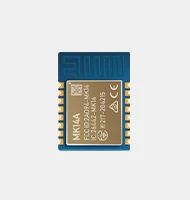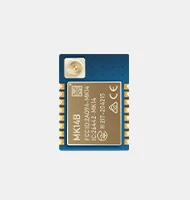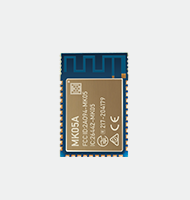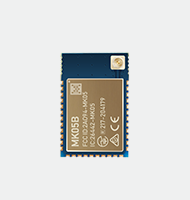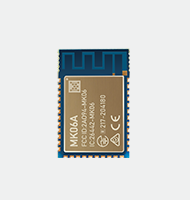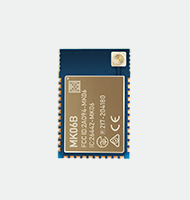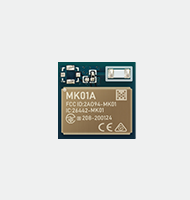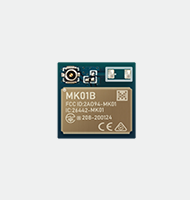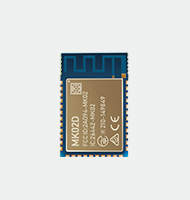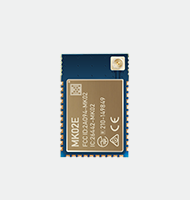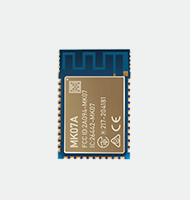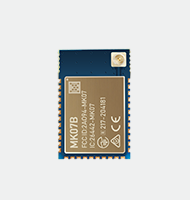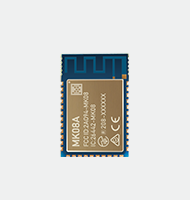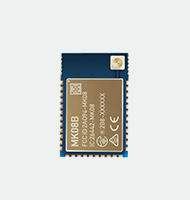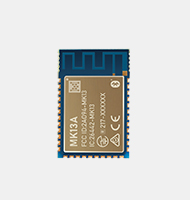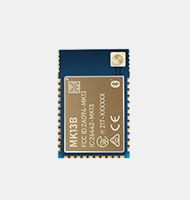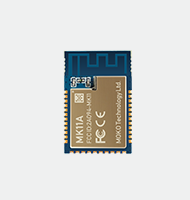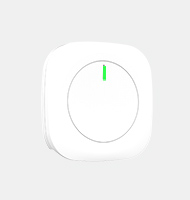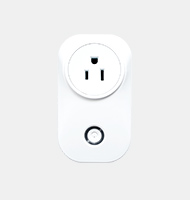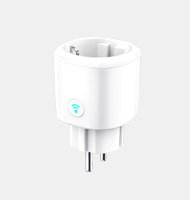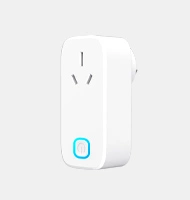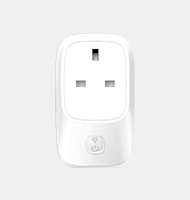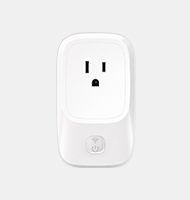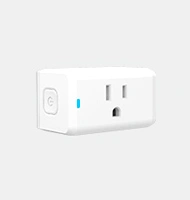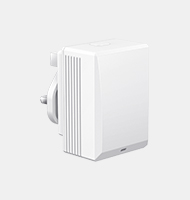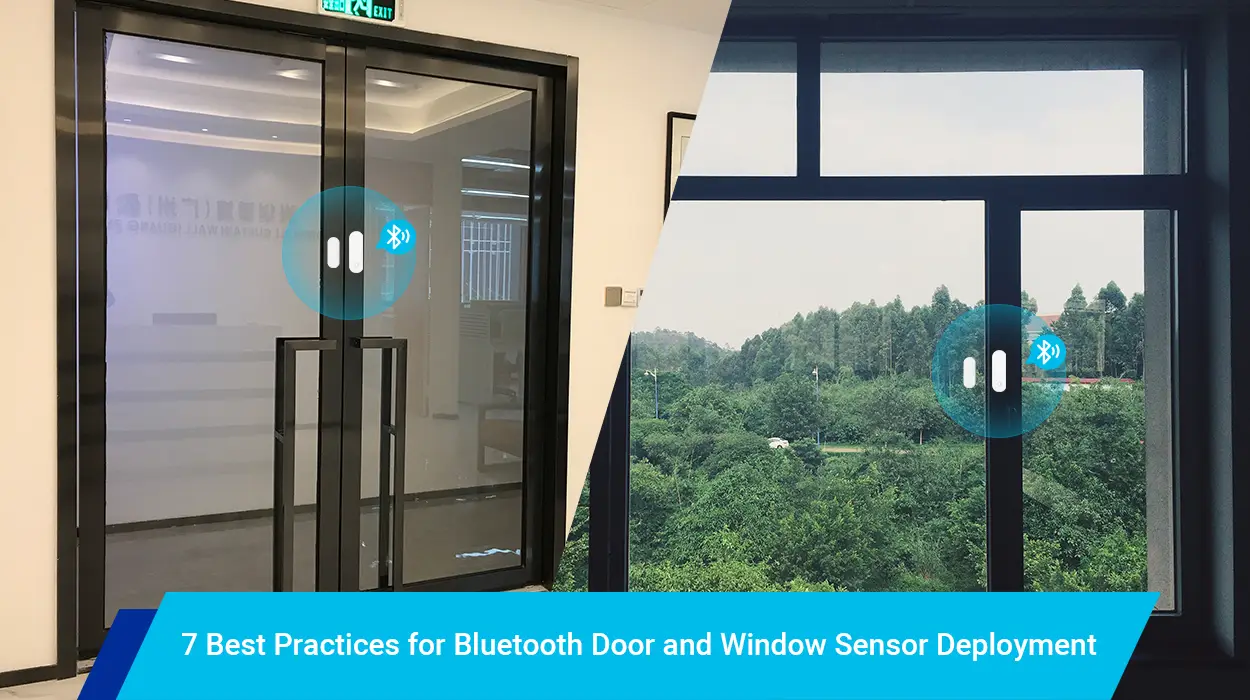Have you ever walked into a store and received a personalized greeting on your phone? Well, you can thank Bluetooth beacons for that! These little wizards have transformed proximity marketing and location-based services, allowing businesses to interact with customers like never before. However, just like the importance of having a good Wi-Fi signal, it’s essential to understand and optimize the range of your Bluetooth beacons to ensure their effectiveness. Worry not! In this blog post, we’ll explore the factors that determine Bluetooth beacon range and practical tips on how to make it better, so you can woo your customers with your magical connectivity!
What is Bluetooth beacon range
Bluetooth beacon range refers to the distance over which a beacon can transmit its signals effectively. It’s a crucial parameter that determines the coverage area of a beacon deployment, shaping the level of interaction and possibilities for users. This range dictates the proximity within which users can engage with the beacon, receive relevant information, and activate automated actions.
The range is typically measured in meters and may vary depending on the specific type and standards of the beacon in use. Notably, different beacon types like iBeacon, Eddystone, and AltBeacon may exhibit variations in their effective range. In general, the maximum transmission distance is approximately 100 meters. By considering the nuances of BLE beacon range, it is possible to ensure seamless interactions and enhance user experiences.
Factors that determine Bluetooth beacon range
Understanding the crucial factors that impact Bluetooth beacon range and reliability is essential to improve their performance. Implementation of appropriate strategies can enhance their efficiency. The key factors to consider include:
![]()
Transmitting power and range relationship
The transmitting power of a beacon directly influences its range. Higher power output allows for longer transmission distances, but it may also drain the beacon’s battery faster. It is essential to strike a balance between power output and battery life when configuring a beacon.
Environmental factors influencing range
Various environmental factors can affect the range of Bluetooth beacons. Obstacles like walls, furniture, or large metal objects can attenuate the signal and reduce the range. Additionally, interference from other wireless devices operating in the same frequency range can impact beacon performance.
Placement and positioning considerations
Optimal beacon placement and positioning are crucial for maximizing Bluetooth beacon range. Factors such as height, line-of-sight, and strategic placement near entrances or high-traffic areas can significantly enhance the beacon’s range.
Effects of battery life and signal decay over time
As a beacon’s battery drains, its transmitting power may decrease, leading to a reduced range. It is important to monitor and replace batteries regularly to maintain optimal performance. Additionally, the signal strength of a beacon may naturally decay over time, requiring periodic calibration and adjustment.
Impact of different Bluetooth standards
The choice of Bluetooth standards, such as Bluetooth Low Energy (BLE), can impact Bluetooth beacon distance. BLE technology offers improved power efficiency, making it ideal for battery-powered beacons. Understanding the capabilities and limitations of different Bluetooth standards is essential for optimizing beacon range.
| Bluetooth v2.1 | Bluetooth 4.0 (LE) | Bluetooth 5 (LE) | |
| Range | Approx 100m | Approx 100m | Approx 100m |
| Max Range (open field) | Up to 100m | Up to 100m | Up to 1,000m |
| Frequency | 2.4 GHz | 2.4 GHz | 2.4 GHz |
| Max Data Rate | 1-3 Mbps | 1 Mbps | 2 Mbps |
| Power Consumption | Moderate to High | Low | Low to Ultra-low |
| Advertising | No | Yes | Yes |
| Mesh Networking | No | Yes | Yes |
| IoT | No | Yes | Yes |
Benefits of optimizing Bluetooth beacon range
Optimizing the Bluetooth beacon range offers numerous benefits for businesses and users alike. These benefits include:
- Increased coverage area, reaching a larger audience and enhancing user engagement.
- Enhanced precision in location-based services, providing accurate proximity-based notifications and targeted marketing.
- Improved user experience, as customers receive relevant and timely information when they are in close proximity to the beacon.
- Better utilization of beacon infrastructure helps reduce cost and enables efficient allocation of resources.
- Enhanced asset tracking capabilities, enabling efficient monitoring and management of valuable resources.
Location beacon range indoors vs. outdoors
Indoor location beacons generally have a shorter range than outdoor ones. This is because the walls, ceilings, and other physical barriers inside buildings can obstruct the signal and reduce its strength. To overcome this, indoor deployments require a higher density of beacons strategically placed throughout the space to ensure accurate tracking.
Outdoor beacons, on the other hand, can transmit signals over longer distances and cover larger areas with fewer devices since they don’t have to contend with obstructions. This makes outdoor deployments simpler and more cost-effective. Therefore, different location beacon deployment strategies are needed based on the performance of indoor and outdoor beacons.
![]()
How to improve Bluetooth beacon range
Having discussed the factors influencing Bluetooth beacon distance, let’s explore ways to enhance its range. To achieve this, optimize performance and expand coverage area, consider implementing the following strategies:
Power Adjustment: Increase the power level of the Bluetooth transmitter on the beacon. By boosting the transmit power, you can enhance the signal strength and increase the range. However, be mindful that higher power consumption may impact battery life.
Location Optimization: Place the Bluetooth beacon in an optimal location with a clear line-of-sight and minimal obstructions. Position the beacon in an elevated position, away from sources of interference.
Avoid Interference: Minimize or eliminate sources of interference that can impact the beacon range. Keep the beacon away from devices operating in the same 2.4GHz frequency band, such as Wi-Fi routers and microwaves.
Test and Optimize: Conduct range tests in different environments and experiment with settings, antenna positions, and power levels to find the optimal balance between range and power consumption.
Use Bluetooth Range Extenders: Bluetooth range extenders or repeaters can be used to extend the range of Bluetooth beacons. These devices capture and retransmit the Bluetooth signal, effectively expanding the coverage area.
Potential impact of Bluetooth 5 on BLE beacon range
Bluetooth 5, the newest version of the Bluetooth standard, brings significant improvements to BLE beacon range. It offers faster data transfer, improved power efficiency, and four times the range in comparison to previous versions. This extended range enables beacon deployments in larger areas or outdoor environments, opening up new possibilities for long-distance communication applications.
Extended range capabilities and increased signal strength
Bluetooth 5 offers enhanced range capabilities, enabling Bluetooth beacons to cover larger areas and transmit signals over longer distances. It also provides increased signal strength, ensuring better penetration through obstacles.
Enhanced performance in challenging environments
Bluetooth 5 brings new capabilities that enhance performance in challenging environments, such as areas with strong interference or weak signal strength. This improves the reliability and effectiveness of Bluetooth beacons, even in complex surroundings.
Combining BLE beacons with other tech for wider range
To further enhance the range and capabilities of Bluetooth beacons, integration with other technologies can be explored. Some possibilities include:
Wi-Fi and Bluetooth Beacon Integration
Integrating Wi-Fi and Bluetooth beacons enables more accurate and comprehensive location-based services. By combining the strengths of both technologies, businesses can provide precise indoor positioning and seamless transitioning between indoor and outdoor environments.
Mesh Networking for Extended Coverage
Bluetooth mesh networking enables a network of interconnected beacons that can relay signals, extending the coverage range beyond individual beacon capabilities. This approach is particularly useful in large-scale deployments or areas with challenging signal propagation.
LoRa and Bluetooth Beacon Integration
Integrating Bluetooth beacons with LoRa (Long Range) technology can extend the range even further, making it suitable for applications requiring long-distance communication, such as asset tracking or outdoor monitoring.
Beacon Deployment in Combination with Other Positioning Technologies
Combining Bluetooth beacons with other positioning technologies, such as GPS or RFID, can provide enhanced accuracy and range in specific use cases. Leveraging multiple technologies allows for a comprehensive and robust location-based solution.
Conclusion
If you want to tap into the power of proximity marketing and location-based services, you can’t afford to ignore improving your Bluetooth beacon range. But don’t worry, it’s not complicated. You just need to understand the factors at play and implement some smart strategies to beef up your coverage and accuracy. With Bluetooth 5 on the scene and the potential to integrate beacons with other technologies, the sky’s the limit. So, it’s time to embrace the BLE beacon and unlock a world of possibilities (and a lot of happy customers)!
